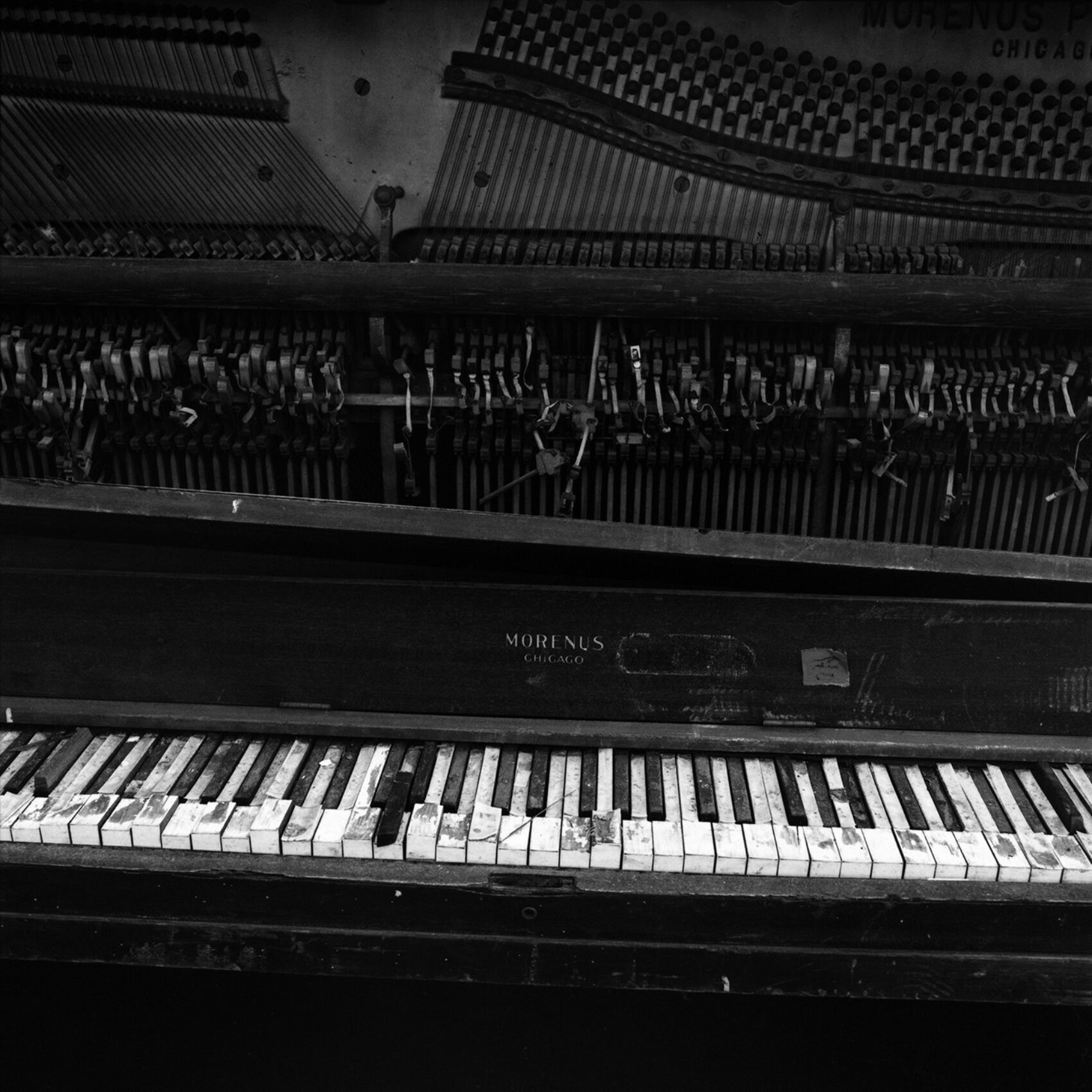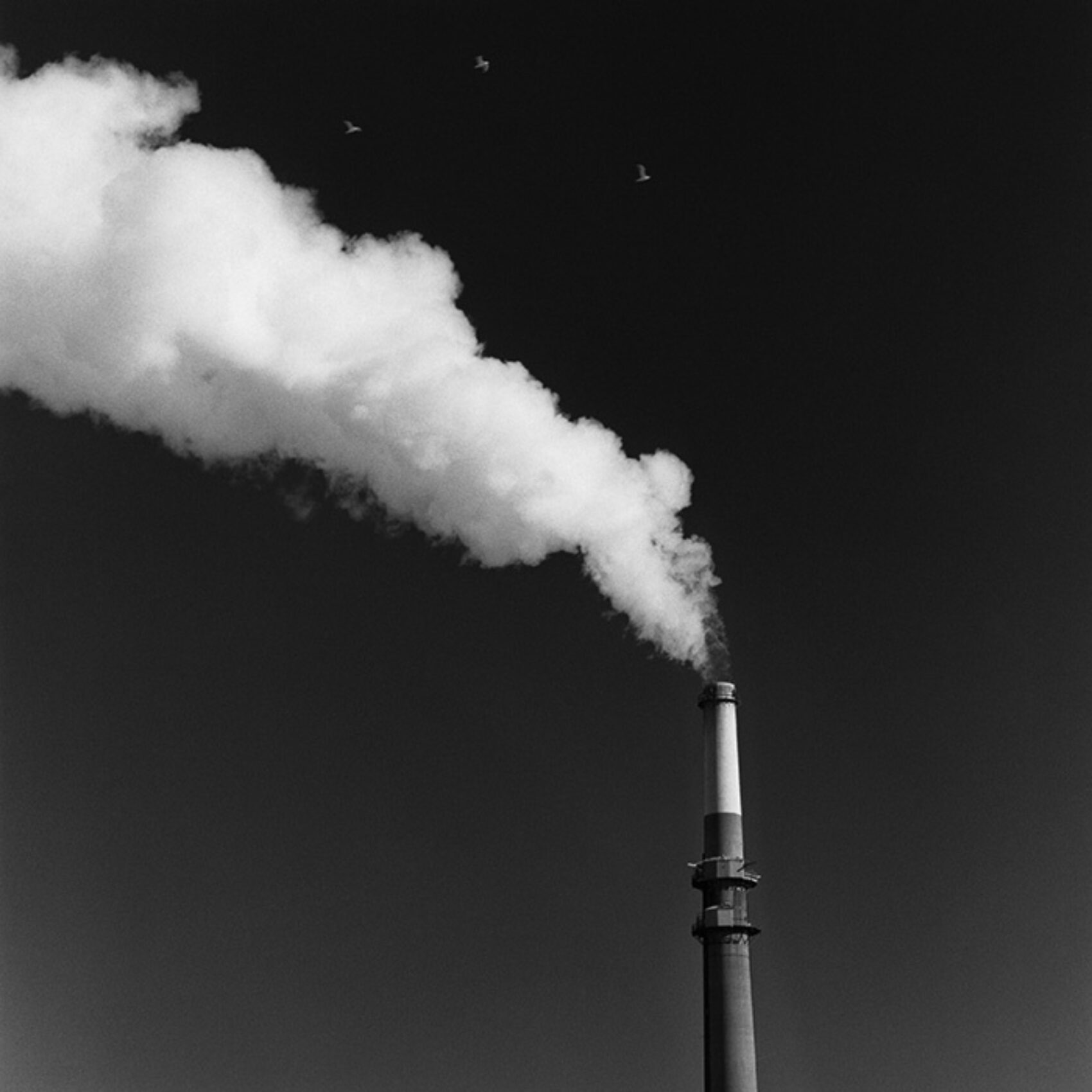A skeleton of a building at the Chicago Housing Authority’s Robert Taylor Homes, at 44th and State, marks the skyline in the shadows of downtown. Many of Chicago’s infamous housing projects were well on their way to history’s annals by 2000, as real estate developers cleared terrain. ©Ron Gordon / CITY 2000
The Maxwell Street Market’s most unwavering truism was that all things were for sale, including salvation-in-scripture, old jazz and blues LPs, costume jewelry, hand-crafted artwork, white socks (in packages of twelve), hubcaps, pornography, Polish sausages -- and eventually, even the land upon which the market was situated. The final Maxwell Street lessons: all posted prices are negotiable, and all sales are final. In 2000, a public-private partnership began to develop the area into condominiums, townhouses, shops, and expanded student housing for the University of Illinois at Chicago. ©Ron Gordon / CITY 2000
The Maxwell Street Market’s most unwavering truism was that all things were for sale, including salvation-in-scripture, old jazz and blues LPs, costume jewelry, hand-crafted artwork, white socks (in packages of twelve), hubcaps, pornography, Polish sausages -- and eventually, even the land upon which the market was situated. The final Maxwell Street lessons: all posted prices are negotiable, and all sales are final. In 2000, a public-private partnership began to develop the area into condominiums, townhouses, shops, and expanded student housing for the University of Illinois at Chicago. ©Ron Gordon / CITY 2000
This dilapidated remnant of an asphalt basketball court on Federal Street sits directly across the street from the Robert Taylor Boys & Girls Club, which offers a safer venue for pickup games. ©Ron Gordon / CITY 2000
Chicago is famous for its downtown skyline but another skyline, to the southwest of the Loop, offers more smokestacks than skyscrapers. This Commonwealth Edison power generating station at Cermak and Throop is just one example of the architectural remains of Chicago’s industrial heyday. ©Ron Gordon / CITY 2000
The bridge system running atop the re-directed flow of the Chicago’s River’s main channel was a fixture of travel in downtown Chicago through much of the twentieth century. Constructed to allow land traffic to cross the river without impeding the course of stacked industrial barges and commercial vessels, the bridges’ rise was somewhat rare -- and often ceremonial -- by 2000. Here, the Lake Street bridge parts north and south and ascends to allow the passage of a procession of small boats. ©Ron Gordon / CITY 2000





